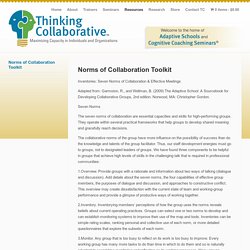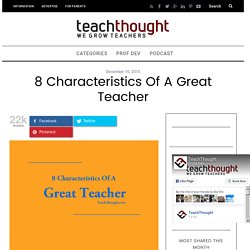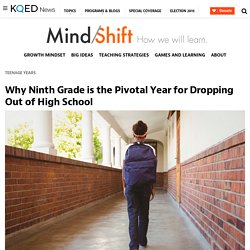

Norms of Collaboration Toolkit. Inventories: Seven Norms of Collaboration & Effective Meetings Adapted from: Garmston, R., and Wellman, B. (2009) The Adaptive School: A Sourcebook for Developing Collaborative Groups, 2nd edition.

Norwood, MA: Christopher Gordon. Seven Norms The seven norms of collaboration are essential capacities and skills for high-performing groups. They operate within several practical frameworks that help groups to develop shared meaning and gracefully reach decisions. The collaborative norms of the group have more influence on the possibility of success than do the knowledge and talents of the group facilitator. Five Research-Driven Education Trends At Work in Classrooms. Increasingly, educators are looking to research about how kids learn to influence teaching practices and tools.

What seemed like on-the-fringe experiments, like game-based learning, have turned into real trends, and have gradually made their way into many (though certainly not most) classrooms. Many educators are using researchers’ insights into how children best learn to inform their teaching practices. Stanford professor Carol Dweck’s research on encouraging children to develop a growth-mindset continues to grow in popularity, as educators try to praise effort, not outcomes. Dweck writes that if children believe their abilities are fixed — that either that they’re smart or they’re not — they approach the world in different ways and aren’t as able to face adversity. When they believe skills and abilities can grow throughout one’s lifetime, they’re better able to rise to challenges. Games have long been used to engage students. Katrina Schwartz. Science Fairs Have Lost Their Way. Let’s Make Them Cool Again. I don’t often participate as a judge for the regional science fair, but when I do I see some problems.

Perhaps this is why I’m not usually at the science fair. Here are my thoughts about the problems with this yearly event. Why do we have a science fair? According to Wikipedia, the science fair that we know today was started in 1942 as a talent search for high school students. I guess it would be like American Idol—except for science (actually, this would be a pretty fun thing to do). If you ask other humans, they might give a different reason for the science fair—the reason for a science fair is to win the science fair. If the science fair is about science, what should students get out of it? When I try to describe the nature of science, I use the following description: Science is about building models. That’s it–just the building and testing of models. Learning Theories Summaries of Learning Theories and Models.
Learning Theories, Learning Models, Learning Theory Summaries - in Plain English! 8 Characteristics Of A Great Teacher. 8 Characteristics Of A Great Teacher by Ian Lancaster What makes a teacher strong?

What differentiates the best from the rest? There’s no shortage of bodies (some dramatically misguided) attempting to solve this riddle. The answers are nebulous at best. 1. Confidence while teaching can mean any number of things, it can range from having confidence in your knowledge of the material being learned to having confidence that your teaching acumen is second to none.
It’s the confidence that you know you’re in the right spot doing what you want to be doing and that no matter what transpires, having that time to spend with those young learners is going to be beneficial both for them and for yourself. 2. Having some life experience outside the classroom and outside the realm of education is invaluable for putting learning into context and keeping school activities in perspective. 3. These students run the risk of disengaging altogether. 4. Yes, all teachers are heroes. 5. Why Ninth Grade is the Pivotal Year for Dropping Out of High School. The transition from middle school to high school is a big one, perhaps bigger than appears at first blush: Not only do students’ academic workloads increase, but simultaneously, so does their independence and responsibility.

For some kids, the leap to the responsibilities of high school from what they were doing just a few months before — lining up for the cafeteria, or having parents sign their report cards — is overwhelming, especially when factoring in added freedoms and new opportunities to be social. In the case of many Chicago 14-year-olds leaving their small, familiar K-8 schools, moving up to high school can feel like entering “the Wild, Wild West,” according to University of Chicago Urban Education Institute researcher Camille Farrington. “The Chicago K-8 schools tend to be little-kid places,” she said. “Everyone knows you and your family, all the kids are lined up, the schools tend to be small. But the entire paradigm of education has changed. Redesign the Whole System?